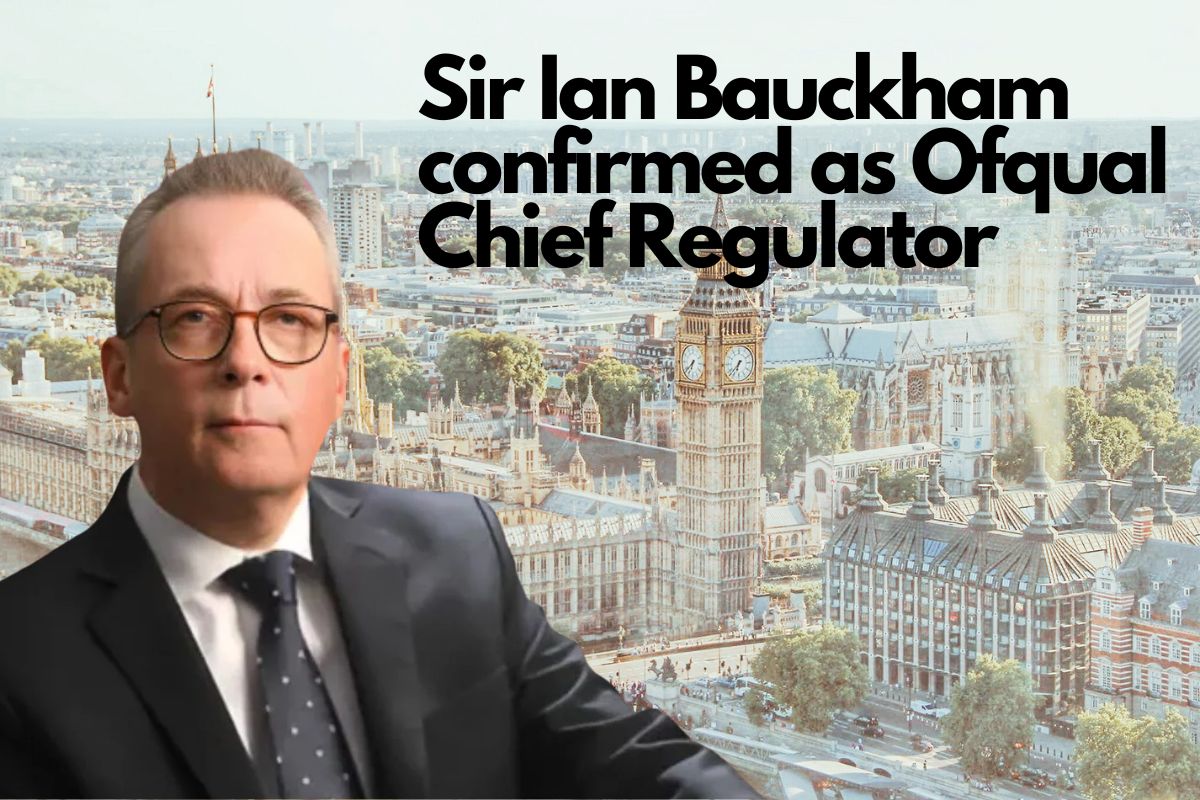Where are the missing workers? Why the Chancellor needs to act

With 1.1 million vacancies, employment rising and unemployment falling, it’s easy to conclude the labour market crisis is over. It’s certainly true that the furlough scheme has helped protect millions of jobs and that recovery is underway – the Government can rightly take credit for its Plan for Jobs and employment support practitioners have made a real difference.
With the Treasury wanting to limit spending and cut the deficit, the Chancellor will be tempted to say that some of the investment planned in things like Restart and extra Jobcentre staff are no longer needed – that the plan has been a success.
But what if that record level of vacancies was a sign of a gummed up labour market with a mismatch between employers and potential workers, rather than a soar away recovery?
Our new research suggests it might be.
The “Fast forward? Where next for the labour market” reportThe pandemic has had a profound effect on the labour market. The initial impact was seen in a spike of Universal Credit claims, with the furlough scheme meaning more of the later adjustment came from falls in hours worked rather than employment. Nonetheless, employment fell significantly with particular demographics, sectors and areas of the country harder hit than others. The pandemic also saw profound changes to the way we live and work. People did far more online shopping, those able to worked remotely more often, and work in most sectors was organised differently to fit the new realities. Now the economy is reopening and adjusting. Vacancies are at record levels, but employment remains lower then before the pandemic showing we need to do more to help those out of work find available work. People are flocking back to shops, bars and restaurants and more people are returning to the office. But it is unclear to what extent the economy and life will return to pre-pandemic patterns, or whether the pandemic has led to a permanent step change in longstanding structural shifts. This report explores these issues, including through new polling of employers and employees, and identifies policy priorities to ensure we build an inclusive recovery and renewal of our labour market, economy and society. |
Five policy priority areas |
1. Extending flexible working.Support to businesses to implement flexible and hybrid working, potentially including a Flexible Working Hub of best practice and engaging employers through chambers of commerce, accountants, and colleges and training providers. Extend the right to request flexible working to day one of employment. 2. Growing good quality local jobs.‘Levelling up’ has become even more pressing and challenging as the pandemic accelerates some structural changes. The Government should invest in infrastructure, build in good work and training requirements, and enable local leaders to join up investment, regeneration, and employment and skills support in their areas, including linking to local Good Work Charters. 2. Widening employment support.While vacancies are at record levels, unemployment and long-term unemployment remain higher than before the pandemic. We must ensure active support for all those that are out of work, particularly groups with lower employment rates like disabled people and young people not on benefits. 4. Improving retraining support.More ambitious support for people wanting to retrain including: fast tracking furloughed staff who lost their jobs to support; extending the Lifetime Skills Guarantee to support retraining and modules of learning; and exploring the best way to help retrainers with living costs. 5. Effective financial support and safe workplaces.The Government should restore the £20 uplift to Universal Credit and review eligibility and generosity of sick pay and support to support self-isolation and health more generally. Decisions about requiring employees to be vaccinated are for individual businesses and their staff, but the Government can help by providing clear guidance and enforcing safety standards |
We find that if numbers had grown in line with pre-pandemic trends, there would be 900,000 more economically active people (those either in work or unemployed) than there are.
Around one third of this is due to slower growth in the population, partly as some migrants returned to their home countries during the pandemic and have not as yet returned.
The other two thirds is a drop in the economic activity rate, as some people out of work have stopped looking for jobs altogether. On top of this, long-term unemployment is up almost 50%.
A couple of caveats:
- First, it is difficult to estimate population levels in a pandemic. But they’d have to be massively off to revise away a substantial decline in economic activity.
- Second, the decline in the population reduces the number of potential workers, but also reduces demand in the economy too – hence the Nobel Prize winning finding that migration has little impact on earnings and employment rates. So it is the 600,000 fall in economic activity of the resident population that is most concerning.
Why has this happened?
There’s lots of reasons but it’s worth emphasising that a lot of jobsearch support from Jobcentre Plus was put on hold or changed during the pandemic for very good reasons and is only now getting back up and running. So there’s been less consistent support for people to look for work increasing the risk that some people drift out of the labour market.
In addition, as the economy has reopened after the deep freeze of lockdowns we find ourselves adjusting to a new reality, with higher levels of online shopping and a still elevated level of remote working. That means the type of jobs available is in some cases different and it takes time for people to identify available opportunities and gain the skills needed. That then becomes a pinch point in areas like HGV driving that have been disproportionately affected by overseas workers leaving.
This means we have a worker crunch with fewer people economically active, and a skills crunch with a mismatch between the jobs available and the skills people have in places.
Having invested to expand employment support in the pandemic to tackle the risk of soaring unemployment, the Chancellor should now redirect this support to encouraging workers back into the labour force. Many of those who have stopped looking for work aren’t in the target audience for programmes like Restart. So let’s refocus our efforts on engaging all those who are out of work and providing help to find a job if they want it.
After all, there may be 1.5 million people officially unemployed, but there’s a further 1.7 million people who are economically inactive but say they want a job. Many in the latter group are people with caring responsibilities or health problems and disabilities. They need personalised support to look for and find work.
We also have a cost of living crunch. I’d like to see the Chancellor reverse the £20 cut to Universal Credit but it seems unlikely. Either way he should look at how to reduce tax on the low paid by lifting the starting point for paying National Insurance, maintain his commitment to increase the minimum wage, and provide people with support to get on at work too.
Employers need to take responsibility too. That includes thinking about job design so everyone, including people with disabilities and caring responsibilities, can fit work around home life and other commitments. It also means looking at salaries. And it means investing in their current and future workforce, after a decade in which employers invested less in training each year, leaving a shortfall of £6.5 billion compared to the EU average.
The last year shows policy can make a difference. We need to keep that going rather than making savings that will prove to be a false economy for us all.
Stephen Evans, CEO, Learning and Work Institute











Responses